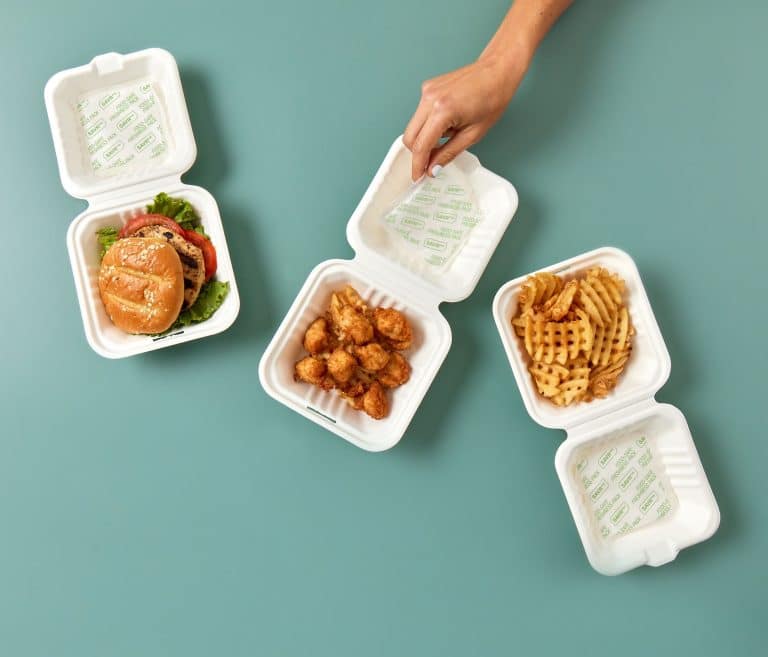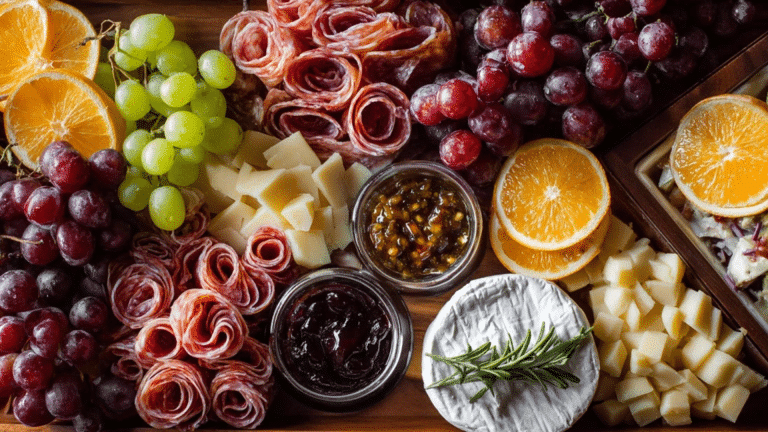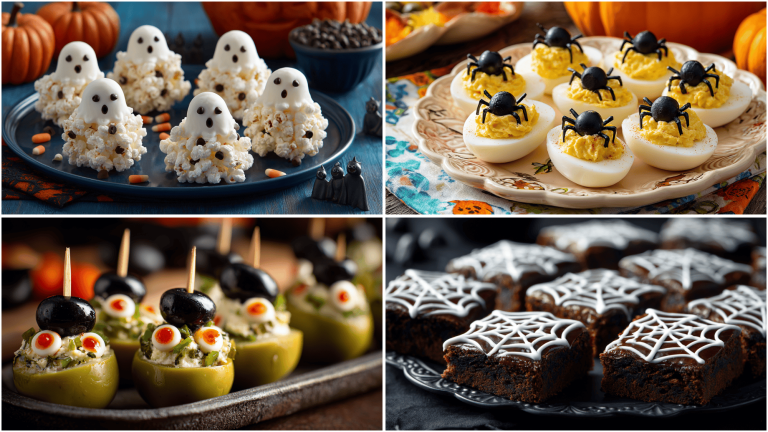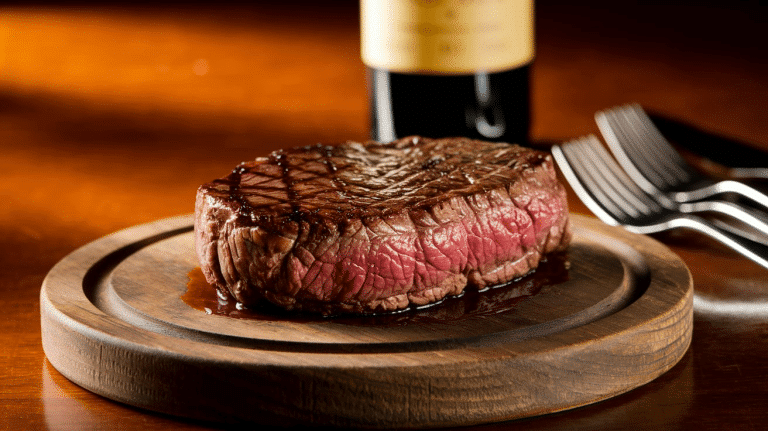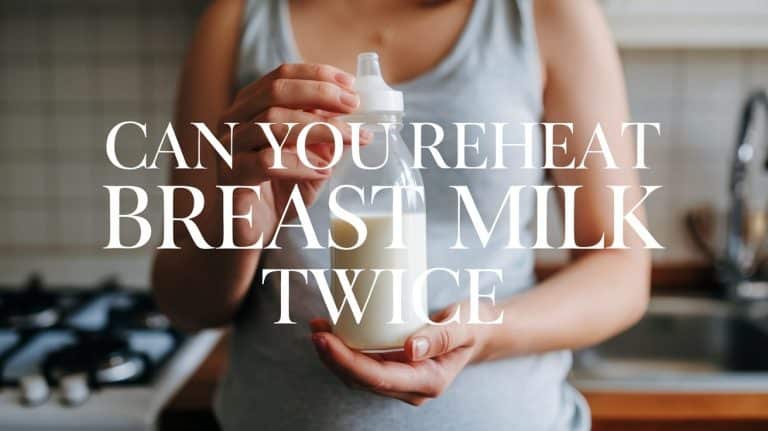Nearly a decade ago, stand-up pouches, Modified Atmosphere Packaging (MAP), and vacuum packaging became the predominantly used method to package food. People loved these new and creative ways to package food. And ever since then, there have been consistent demands for even more innovative and creative packaging ideas. Through an exploration of creative approaches, this article aims to uncover packaging designs that not only visually entice consumers but also provide added value and functionality.
The Role of Mockups in Redefining Food Packaging
Mockups are visual representations or prototypes of packaging designs that play a crucial role in redefining food packaging. They play the following roles:
Visualizing Design Concepts
Brands can use creative templates like Yellow mockups to breathe life into their ideas and visualize how their packaging will look in reality. It allows them to experiment with various shapes, colors, materials, and images to create an appealing and functional packaging design.
Testing Functionality
Mockups help assess the practicality and functionality of food packaging by incorporating design elements. Factors like ease of opening, resealing capabilities, portion control, and ergonomic handling, can be assessed with the use of mockups. This meticulous approach enhances the overall satisfaction and usability of the product for consumers.
Assessing Branding and Marketing
Mockups allow marketing teams to assess how branding elements, such as logos, pictures, labels, and messaging, are integrated into the packaging. They can evaluate the visual impact, brand recognition, and overall marketing effectiveness of the design.
Overall, using mockups in food packaging results in more appealing, functional, and market-ready food packaging solutions.
Factors to Consider in Redefining Food Packaging
When redefining food packaging, it is important to consider some factors. They include:
Sustainability
There is a lot more awareness these days about how our choices affect the environment. Sustainable packaging makes sure that our carbon footprint is considered in all the stages from manufacturing to transit and disposal.
We can make ecologically friendly packing choices by utilizing materials with a lower carbon impact. We can also cut transportation emissions by optimizing packing dimensions. Furthermore, encouraging recycling and the use of lightweight packaging, biodegradable or compostable plastics, and plant-based alternatives can help reduce waste.
In general, packing choices must be made to minimize negative environmental impact and encourage long-term ecological balance. Incorporating eco-friendly materials and practices into our contract packing processes has significantly reduced our carbon footprint.
Convenience
Creating packaging built solely for on-the-go consumption is one way to make packing more convenient. This packaging approach allows clients to eat their meals while on the go. They could be single-serve pouches, snack packs, or resealable containers that allow consumers to consume while on the go to help relieve their hectic lifestyles.
Another approach is to employ packaging with user-friendly features like ergonomic grips, clear directions, and easy-to-read labels.
When packaging is microwave or oven-safe, it also provides convenience to customers who wish to heat or prepare their food directly in the box. They can avoid using extra dishes and save time washing up afterward.
Consumers value packaging that makes their lives easier and more convenient, thus this is an aspect that should not be overlooked.
Visual Appeal
Products on store shelves or online marketplaces will stand out from the competition and may sell quickly with visually appealing packaging. This packaging will help to attract more attention from customers. More attention equals a higher possibility of evaluating and, ultimately, purchasing a product.
Product photos, icons, and labels are all visual features on food packaging that play a significant role in relaying vital information to consumers. Clear and visually appealing graphics can convey information about ingredients, nutritional information (e.g., organic, gluten-free), certifications, and other product qualities. This enables customers to make more educated purchasing decisions.
Safety
Packaging is quite vital as it helps to prevent food contamination and guarantees safe consumption. Items that are used for packing must be designed to protect against germs and other hazards that could cause harm or reduce the quality of food.
Packaging should be created such that there are clear indicators to know a product has been tampered with. This doubles as a safety measure.
It is also important for packaging to reflect any potential allergens in the food. Consumers need to feel safe and easily understand if there’s anything in the food that could trigger an allergy or negatively affect their health.
Innovative Ways We Can Package Food
Let’s dive into some innovative packaging ideas that consist of all the aforementioned factors and equally promote both health and creativity:
Edible Packaging
Imagine a world where it’s possible to eat the packaging along with the food. Edible films are made from starch and seaweeds, which are organic ingredients, to preserve fruits and sandwiches. A wafer cone ice cream is a common example of this. Edible packaging will help reduce wastage and also eliminate any extra packaging disposal.
Reusable and Refillable Packaging
With the encouragement of sustainability, the packaging options of reusability and refillability are becoming trendy. This involves the provision of consumers with durable containers that can be returned and refilled with fresh food items. By reducing the need for single-use packaging, this approach significantly reduces waste and promotes recycling.
Interactive Packaging
Engaging consumers through interactive packaging can make the food experience more enjoyable. An example is QR codes on product packaging. When customers scan a product’s QR code, for instance, they may find additional information about its ingenuity and other nutritional values.
Smart Packaging
Advancements in technology have opened up new possibilities for packaging innovation. Smart packaging incorporates intelligent features that can monitor and maintain food quality. For example, smart labels can indicate the freshness of the product by changing color based on the food’s condition. This ensures that consumers can easily determine if the food is still safe to consume.
Portion Control Packaging
Portion control packaging promotes good eating habits by supplying pre-measured servings of food. This aids individuals in maintaining a balanced diet and avoiding overeating. Portion control packaging can take several forms, such as single-serve containers or compartmentalized trays that divide different food groups. This fosters conscious eating and reduces food waste.
Conclusion
Food packaging goes beyond the external covering we see. They influence eating habits, buying decisions, the safety of food, and sustainability. You can decide to adopt one, two, or even all of these suggestions for your food packaging solution. Just do well to adopt an innovative food packaging solution today, it pays.

